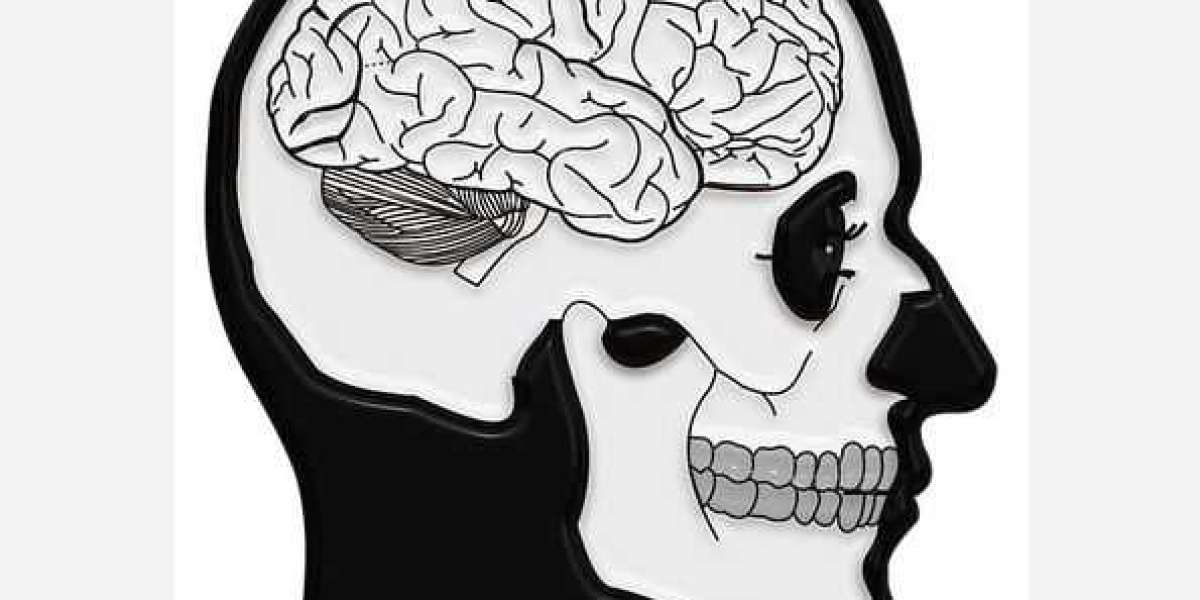The human brain is a complex and fascinating organ that controls our thoughts, emotions, and actions. Understanding the brain's workings can provide valuable insights into human behavior and cognition. Let's explore this guide to understanding how the brain works.
Neurons: The Building Blocks of the Brain
At the core of the brain's functionality are neurons, specialized cells responsible for transmitting electrical and chemical signals. Neurons communicate with each other through complex networks, forming the basis of information processing in the brain. These networks transmit thoughts, emotions, and sensory information throughout the brain and the rest of the body.
Synaptic Connections: Wiring the Brain
Synapses are junctions between neurons where signals are transmitted. Through a process called synaptic plasticity, the strength and efficiency of synaptic connections can change over time. This plasticity allows the brain to adapt and learn, forming new connections and rewiring existing ones. The more frequently a specific connection is used, the stronger it shapes our thoughts, memories, and behaviors.
Brain Regions and Functions
The brain consists of various regions, each with distinct functions. The cerebral cortex, the brain's outermost layer, is responsible for higher-order cognitive processes such as perception, memory, language, and decision-making. The limbic system plays a crucial role in emotions and motivation, while the brainstem controls vital functions like breathing and heart rate. Understanding the functions of different brain regions helps us comprehend the complexity of human behavior.
Neurotransmitters: Chemical Messengers
Neurotransmitters are chemicals that facilitate communication between neurons. They are essential for transmitting signals across synapses. Each neurotransmitter has specific functions and can influence mood, cognition, and behavior. Examples include serotonin, dopamine, and norepinephrine.
Brain Plasticity and Learning
The brain is remarkably adaptable and can rewire based on experiences and learning. This phenomenon is known as neuroplasticity. Repeated practice and exposure strengthen neural pathways while unused connections are pruned. Neuroplasticity allows us to acquire new skills, change behaviors, and recover from brain injuries.
Emotions and the Brain
Emotions are intricate processes that involve multiple brain regions working together. The amygdala is vital in processing emotions, particularly fear and threat detection. The prefrontal cortex involves emotional regulation, decision-making, and social behavior.
The Brain and Aging
As we age, the brain undergoes changes that can impact cognition and memory. However, research has shown that the brain remains adaptable throughout life. Engaging in mentally stimulating activities, maintaining a healthy lifestyle, and fostering social connections can promote brain health and cognitive function in older adults.
Ending Note:
Understanding how the brain works is a never-ending pursuit as scientists continue to uncover its intricacies. By delving into the complexities of the brain, we gain insights into what makes us uniquely human and how we can optimize our cognitive abilities.








